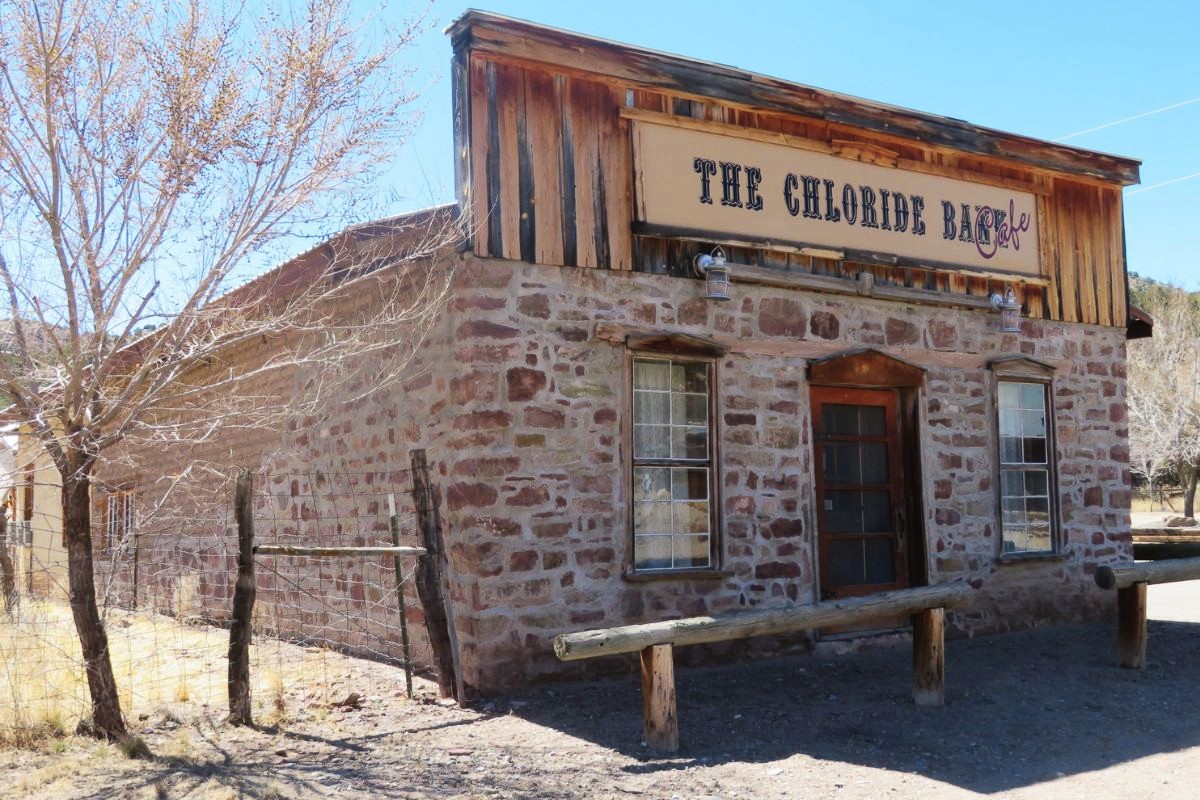Secrets Of New Mexico’s Ghost Towns In The Organ Mountains

Have you ever wondered what secrets lie within New Mexico's ghost towns in the Organ Mountains? These abandoned places hold stories of the past, waiting to be uncovered. Once bustling with miners and settlers, these towns now stand as silent witnesses to history. Imagine walking through old streets, peeking into empty buildings, and feeling the echoes of a bygone era. Whether you're a history buff or just love a good mystery, exploring these ghost towns offers a unique adventure. Ready to step back in time and see what you can find? Let's dive into the hidden gems of the Organ Mountains.
Secrets of New Mexico's Ghost Towns in the Organ Mountains
New Mexico's Organ Mountains hold secrets of ghost towns that once thrived. These abandoned places offer a glimpse into the past, filled with stories of miners, settlers, and dreamers. Let's explore some of these fascinating ghost towns.
1. Organ
Organ, once a bustling mining town, now stands silent. Founded in 1883, it grew rapidly due to the discovery of gold and silver. Today, remnants of old buildings and mining equipment tell tales of its prosperous days.
2. Dripping Springs
Dripping Springs, nestled in the Organ Mountains, was a popular resort in the late 1800s. Visitors came for the healing waters and scenic beauty. Now, only ruins of the resort and a few cabins remain, whispering stories of relaxation and retreat.
3. San Augustin Pass
San Augustin Pass served as a stagecoach stop in the 1800s. Travelers rested here before continuing their journey through the rugged terrain. The pass now holds remnants of the old stagecoach station, offering a peek into the lives of those who traveled through.
4. La Cueva
La Cueva, meaning "The Cave," was a small settlement known for its natural cave formations. Early settlers used the caves for shelter and storage. Today, the caves and a few stone structures remain, echoing the lives of those who once called it home.
5. Baylor Canyon
Baylor Canyon, named after Confederate Colonel John Baylor, saw brief settlement during the Civil War. The area now features ruins of old homesteads and military encampments, providing a window into a turbulent time in history.
6. Soledad Canyon
Soledad Canyon, with its picturesque landscape, attracted settlers in the late 1800s. They built homes and farms, hoping for a better life. Now, only crumbling foundations and scattered artifacts remain, telling stories of hope and hardship.
7. Bishop's Cap
Bishop's Cap, named for its distinctive mountain peak, was a mining town that flourished in the early 1900s. Miners sought copper and other minerals, leaving behind abandoned mines and dilapidated buildings that speak of a once-thriving community.
8. Valles Canyon
Valles Canyon, rich in history, saw various settlements over the years. From Native American tribes to Spanish explorers, many left their mark. Today, visitors can find petroglyphs, old mission ruins, and traces of early homesteads, each with its own story to tell.
9. Fillmore Canyon
Fillmore Canyon, named after President Millard Fillmore, was a strategic military site during the Indian Wars. The canyon now holds remnants of old forts and outposts, offering a glimpse into the military history of the region.
10. Rattlesnake Canyon
Rattlesnake Canyon, with its rugged beauty, attracted prospectors and settlers in the late 1800s. They built small communities, hoping to strike it rich. Today, only ruins of cabins and mining equipment remain, telling tales of dreams and determination.
Discovering New Mexico's Ghost Towns
Exploring New Mexico's ghost towns in the Organ Mountains offers a unique glimpse into the past. These abandoned places tell stories of mining booms, railroad expansions, and the people who once called them home. Walking through these towns, you can almost hear the echoes of history.
White Oaks, Lake Valley, and Shakespeare are just a few examples of the many ghost towns waiting to be explored. Each has its own charm and history, making them perfect for history buffs and adventure seekers alike.
Remember to bring a camera, plenty of water, and a sense of curiosity. These ghost towns are more than just abandoned buildings; they are windows into a bygone era. So, lace up your hiking boots and set out to uncover the secrets of New Mexico's ghost towns.

